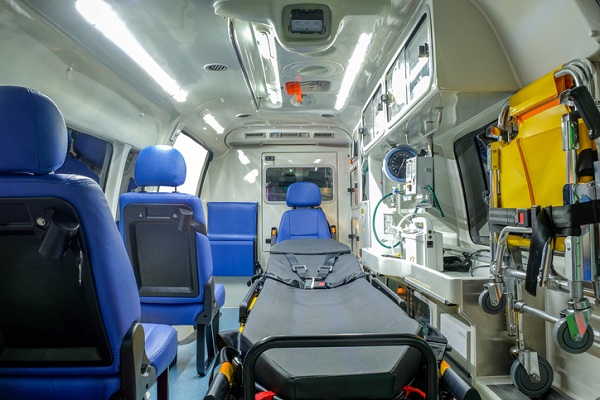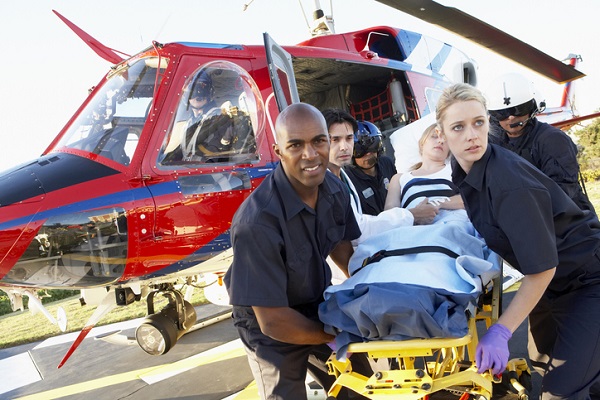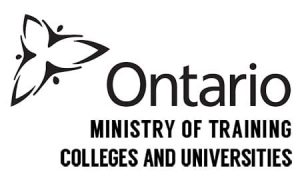
Paramedics are on the frontline of providing emergency pre-hospital care to patients. While working as a paramedic, helping a patient suffering from respiratory arrest is one of the most urgent situations you can find yourself in. With your skills, you could potentially save the life of someone suffering from respiratory arrest.
Respiratory arrest is when a person’s breathing stops and, for obvious reasons, treating it quickly is necessary. As a student training to become a paramedic, you will need to know exactly what to do when a patient is not breathing. Here’s what paramedic program students should know about treating respiratory arrest.
Make Sure You Have the Right Equipment Available At All Times
Being able to act quickly when treating respiratory arrest is easier if you are prepared beforehand. Having the right equipment on hand can help you treat patients under respiratory arrest by defibrillating and oxygenating them. To make sure equipment is working properly, it needs to be maintained on a regular basis. Be sure that each piece of equipment is inspected prior to use, and also kept clean in order to reduce the spread of pathogens. Making sure you have all the tools available is one of the first steps to take when these situations occur, which is why learning how to maintain emergency care equipment and supplies is part of your primary care paramedic courses.
 Ensure that all equipment used is available, clean and well-maintained
Ensure that all equipment used is available, clean and well-maintained
Notice Possible Signs That Could Indicate Respiratory Arrest is Imminent
There are several symptoms that act as good indicators that a person is under respiratory arrest. These include decreased consciousness, gasping, intercostal retractions, being unable to maintain respiratory effort (or if they have to work extra hard for each breath), and cyanosis, which refers to skin discolouration as a result of a lack of oxygen in the blood. When a patient cannot maintain their respiratory effort, their reserves will eventually run dry, and respiratory arrest will occur unless treated quickly. If any of these symptoms show themselves in a patient, action is needed in order to prevent respiratory arrest from developing into cardiac arrest.
Remember All Necessary Emergency Treatment Processes After Your Paramedic Program
Since patients suffering respiratory arrest are not getting oxygen flowing to their vital organs, they can suffer cardiac arrest, brain damage, and other serious conditions if not treated quickly. Therefore, it’s crucial if you’re in a paramedic program to remember the necessary steps for treatment and put them into action right away. Start by assessing the patient’s responsiveness, and open their airway before manual ventilation if they are unresponsive or barely responsive. If necessary, call for additional help.
 Acting quickly is key to helping patients suffering from respiratory arrest
Acting quickly is key to helping patients suffering from respiratory arrest
Once the airway has been opened (for example, with the head-tilt chin lift method), put a bag-mask over the mouth while providing ventilation, and make sure the bag-mask has the oxygen turned up all the way while attached to an oxygen flow meter. Be sure the mask is sealed tightly over their face, and don’t ventilate too quickly, as that can cause cardiac output to decrease and lead to a rise in intrathoracic pressure. You’ll know the ventilation is sufficient when you see the patient’s chest rise with every breath. Breaths should be produced at a rate of one for every five to six seconds. You’ll learn more about pre-hospital emergency care for conditions like respiratory arrest in your paramedic program.
Want to enrol in a paramedic course?
Contact Oxford College for more information!






